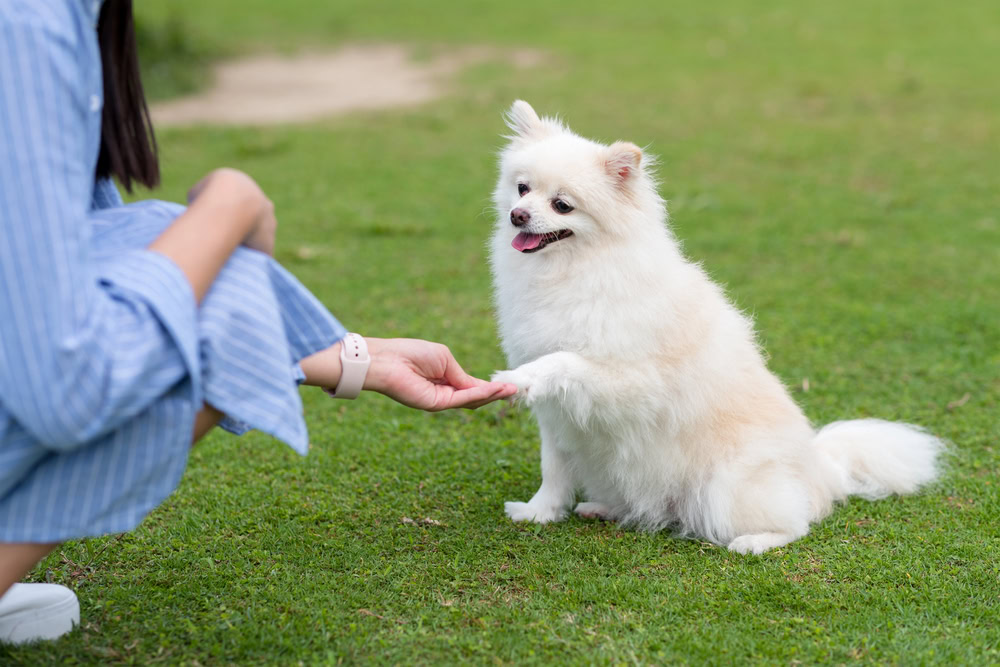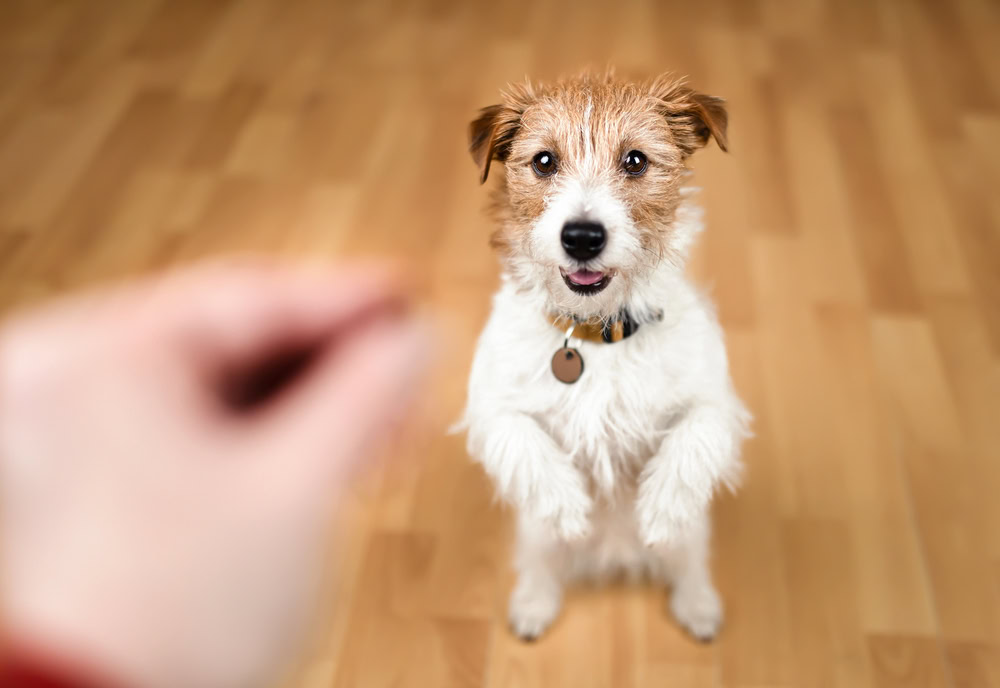
You’ve brought a new puppy home, and now you’re faced with the exciting yet intimidating task of training your new fur-baby. While those adorable eyes and playful antics might tempt you to skip straight to the fun stuff, establishing proper training habits from day one will shape your pup’s behavior for years to come. Whether you’re dealing with house training challenges or hoping to teach basic commands, the right approach can transform those first few weeks from chaos into a rewarding bonding experience. Let’s explore five proven tips that’ll set you and your puppy up for success.
Setting up a daily schedule kicks off your puppy’s training journey on the right foot. You’ll want to start when your puppy is 8-16 weeks old, as this is the prime time for learning. Create a consistent routine that includes regular meal times, potty breaks, training sessions, and nap periods to help your puppy feel secure and understand what’s expected.
Begin training first thing in the morning after your puppy’s bathroom break, and plan several short 5-10 minute sessions throughout the day. Using positive reinforcement techniques will help encourage desired behaviors and make training more effective. You can effectively train during post-breakfast and pre-dinner times, making the most of your puppy’s natural energy cycles. Remember to incorporate training into meal times, turning these daily activities into learning opportunities.
Structure your day to include socialization exercises once your puppy’s vaccinations are complete. Keep the total training time to about 30 minutes daily, spread across multiple sessions to match your puppy’s attention span.
As your puppy grows, you can adjust the schedule to accommodate their developing needs and abilities. Stay flexible but maintain consistency in your routine, as this helps reinforce good behavior and creates a stable environment for learning.
When starting your puppy’s training journey, mastering basic commands creates the foundation for all future learning. Begin with essential commands like “sit,” “stay,” “down,” “come,” and “drop it.” You’ll find these commands are building blocks that lead to more complex behaviors later. Early training prevents future behavioral issues and helps shape better long-term behavior.
Start by using positive reinforcement, offering treats and praise when your puppy follows commands correctly. Remember to use clear markers and release cues so your puppy understands when they’ve done well and when they’re free to move. Keep training sessions short and focused, breaking down each command into manageable steps.
Once your puppy masters the foundation commands, you can progress to advanced commands like “place,” “this way,” and “heel.” Don’t rush this process – consistency and patience are key to successful training.
Establish a regular training routine and maintain clear communication through your body language, tone of voice, and eye contact.
Remember that every puppy learns at their own pace. If your puppy struggles with a particular command, break it down into smaller steps and continue practicing.
With time and consistency, they’ll develop a strong understanding of basic commands, setting them up for success in advanced training.

Consistent rewards are the cornerstone of successful puppy training. When your puppy displays desired behavior, you’ll need to reward them immediately to help them make the connection between their action and the positive outcome. Choose rewards that truly motivate your puppy, whether it’s low-calorie training treats, their favorite toy, or enthusiastic praise. Using varied tones of voice while praising can help keep your puppy excited and motivated during training sessions.
Mix up your reward types to keep your puppy engaged, but maintain consistency in how and when you deliver them. You don’t want to confuse your puppy by being inconsistent with your feedback.
Start by rewarding frequently during the early training stages, then gradually reduce the frequency as your puppy becomes more proficient at the desired behaviors.
Remember that positive reinforcement isn’t just about treats - it’s about building trust and making training enjoyable for both you and your puppy. If your puppy isn’t food-motivated, try using play sessions or extra attention as rewards.
Always end training sessions on a positive note to maintain your puppy’s enthusiasm for learning. If you’re struggling with complex behavior issues, don’t hesitate to seek help from a professional trainer.
Young puppies have short attention spans, much like toddlers exploring a new playground. To maximize your training success, keep sessions brief and focused - no more than 5-10 minutes for young puppies and 10-15 minutes for older ones.
These short bursts of training actually yield better results than lengthy sessions, as they prevent mental fatigue and maintain your pup’s enthusiasm.
Watch for signs that your puppy’s attention is waning, such as yawning, losing interest in treats, or becoming easily distracted. When you notice these cues, it’s time to wrap up the session. End on a positive note by giving praise and treats before finishing.
Remember that frequent, shorter training periods throughout the day are more effective than one long session.
To make the most of your brief training sessions:
Building trust with your puppy requires three essential elements: patience, consistency, and play. You’ll need to create a secure environment where your puppy feels safe to explore and interact with you.
Ensuring your puppy feels safe and encouraged during training will foster optimal learning. Start by designating a cozy spot for relaxation and maintaining a predictable daily routine for meals, exercise, and playtime.
Interactive games serve as powerful trust-building tools. Engage your puppy in hide-and-seek with treats, puzzle toys, and problem-solving activities that strengthen your bond.
Drop treats during interactions to create positive associations with your presence. When your puppy displays unwanted behaviors, redirect them into constructive activities like down-stay or walking exercises.
You’ll want to maintain consistency in your training approach. Use positive reinforcement consistently, rewarding desired behaviors with treats and verbal praise.
Keep your training methods stable and predictable, ensuring each session follows a familiar pattern. Remember to celebrate small victories and end each session positively to encourage future participation.
Through dedicated daily practice and patience, you’ll build a strong foundation of trust that’ll last throughout your puppy’s life.
Remember that consistency is key - stick to your daily schedule and keep training sessions short and focused. When you reward good behavior and incorporate play into your training routine, you’ll strengthen your bond with your pup. Don’t forget to celebrate small wins, and you’ll soon see your puppy transform into a well-behaved companion.